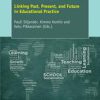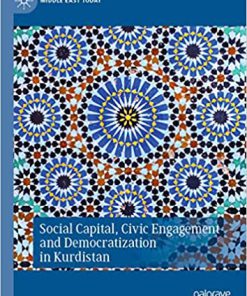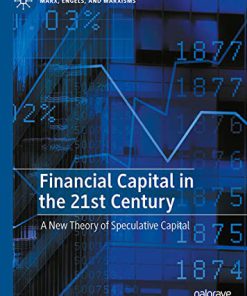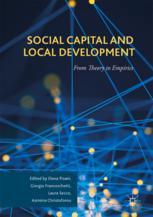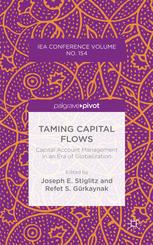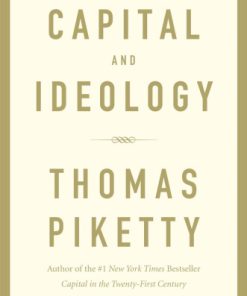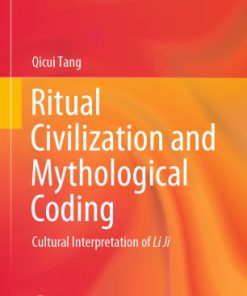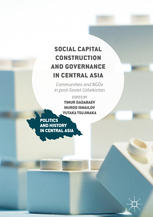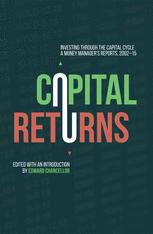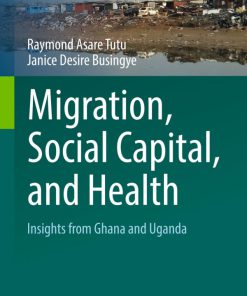Guanxi, Social Capital and School Choice in China The Rise of Ritual Capital 1st Edition by Ji Ruan 3319407538 9783319407531
$50.00 Original price was: $50.00.$25.00Current price is: $25.00.
Guanxi, Social Capital and School Choice in China: The Rise of Ritual Capital 1st Edition by Ji Ruan – Ebook PDF Instant Download/DeliveryISBN: 3319407538, 9783319407531
Full download Guanxi, Social Capital and School Choice in China: The Rise of Ritual Capital 1st Edition after payment.
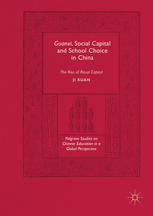
Product details:
ISBN-10 : 3319407538
ISBN-13 : 9783319407531
Author: Ji Ruan
This book focuses on the use of guanxi (Chinese personal connections) in everyday urban life: in particular, how and why people develop different types of social capital in their guanxi networks and the role of guanxi in school choice. Guanxi takes on a special significance in Chinese societies, and is widely-discussed and intensely-studied phenomenon today. In recent years in China, the phenomenon of parents using guanxi to acquire school places for their children has been frequently reported by the media, against the background of the Chinese Communist Party’s crackdown on corruption. From a sociological perspective, this book reveals how and why parents manage to do so. Ritual capital refers to an individual’s ability to use ritual to benefit and gain resources from guanxi.
Guanxi, Social Capital and School Choice in China: The Rise of Ritual Capital 1st Table of contents:
Chapter 1: Introduction
1.1 The Context
1.2 Key Concepts: Guanxi, Renqing and Social Capital
1.3 The Study
1.4 Structure of the Book
Bibliography
Chapter 2: Using Guanxi to Gain School Places
2.1 How Widespread is the Problem?
2.2 China’s Institutional System
2.3 Stages in China’s Education System
2.4 Compulsory Education Law
2.5 Education Policies and Examinations Systems
2.6 Unbalanced Development
2.7 Educational Situation in City A
2.8 Educational Situation in City B
2.9 Research Methodology
2.9.1 Sampling
2.9.2 Accessing
2.9.3 Covert Observation and Confidentiality
Note
Bibliography
Chapter 3: Guanxi and Social Capital
3.1 Guanxi and Related Concepts
3.1.1 Clarifying the Definition
3.1.2 Rationale for Using Guanxi
3.1.2.1 Renqing
3.1.2.2 Face
3.1.2.3 Ganqing
3.1.2.4 Yiqi
3.2 How Is Guanxi Used?
3.2.1 Gift Giving
3.2.2 Entertaining
3.2.3 Exchange of Favours (Renqing Exchange)
3.2.4 Giving Face
3.2.5 Embodying Ganqing
3.2.6 Applying Ritualised Patterns (Ketao)
3.2.7 Guanxi–Guanxi
3.2.8 Interaction Ritual
3.3 Why Is Guanxi Used?
3.3.1 Institutional Causes
3.3.2 Cultural Causes
3.3.3 Confucianism and “Instrumental Li”
3.3.4 Taoism: From the Cultural Dimensions
3.4 Social Capital in Different Closeness Levels of Guanxi
3.4.1 Closeness of Guanxi and Social Distance
3.5 Is Guanxi Social Capital?
3.5.1 Bonding, Bridging and Linking Social Capital
3.5.2 The Roles of Different Social Capital in Guanxi
3.6 Summary
Bibliography
Chapter 4: How Is Guanxi Used?
4.1 Ritualistic Customs
4.1.1 Gift Giving
4.1.2 Entertaining
4.1.3 Exchange of Favours (Renqing Exchange)
4.1.4 Giving Face
4.1.5 Applying Ritualised Patterns (Ketao)
4.2 Money Giving
4.3 The Use of Power
4.4 Guanxi–Guanxi Links
4.5 Summary
Note
Bibliography
Chapter 5: Why Is Guanxi Used?
5.1 Rationale for Practising Guanxi
5.1.1 Ganqing and Virtues
5.1.2 Renqing and Face
5.1.3 Material Gain
5.2 Institutional Causes of La Guanxi
5.2.1 Vague and Flexible Rules and Laws
5.2.2 The Rule of Man
5.2.3 Corruption
5.3 Cultural Causes of La Guanxi
5.3.1 Particularism
5.3.2 Collectivism
5.3.3 Diffuse Culture
5.4 The Relationship Between Cultural and Institutional Causes
Bibliography
Chapter 6: Ritual Capital
6.1 Ritual Is Vital for La Guanxi
6.1.1 Ritualistic Customs Are Full of Ritual
6.1.2 Money Giving Is Full of Ritual
6.1.3 The Use of Power Is Full of Ritual
6.1.4 Guanxi—Guanxi Practice Is Full of Ritual
6.2 Ritual Capital: Investing Ritual for Social Capital
6.3 The Characteristics of Ritual Capital
6.4 Ritual Capital as an Analytical Tool
Bibliography
Chapter 7: Ritual Capital Follows a Weak-Strong-Weak Pattern
7.1 Instrumental Rituals Follow the Weak-Strong-�Weak Pattern
7.2 Instrumental Gift Giving Follows the Weak-Strong-�Weak Pattern
7.3 Instrumental Entertaining Follows the Weak-Strong-�Weak Pattern
7.4 Ritualised Patterns (Ketao) Follow the Weak-Strong-�Weak Pattern
7.5 Renqing Follows the Weak-Strong-Weak Pattern
7.6 Sense of Face Follows the Weak-Strong-Weak Pattern
7.7 Why “Weak-Strong-Weak”?
7.8 Failure of La Guanxi
Bibliography
Chapter 8: Trust in Ritual Capital
8.1 Trust in Guanxi
8.2 Trust Produced by Confucian Virtues
8.3 Trust Produced by Rituals
8.4 Ritual Capital, Trust, and Interaction Ritual Chains
Bibliography
Chapter 9: Conclusion
9.1 Summary of Main Findings
9.1.1 The Discovery of Instrumental Li
9.1.1.1 Ritual Follows the “Weak-Strong-Weak” Pattern in La Guanxi
9.1.1.2 Instrumental Gift Giving Follows the Weak-Strong-Weak Pattern
9.1.1.3 Instrumental Entertaining Follows the Weak-Strong-Weak Pattern
9.1.1.4 Ritualised Patterns (Ketao) Follows the Weak-Strong-Weak Pattern
9.1.1.5 Sense of Renqing Follows the Weak-Strong-Weak Pattern
9.1.1.6 Face Follows the Weak-Strong-Weak Pattern
9.1.2 Many Virtues and Obligations Fade with Distance
9.1.3 Ritual Builds Trust in La Gaunxi
9.1.4 Ritual Capital: Investing Ritual for Social Capital
9.2 Comparison with Previous Literature on Guanxi
9.2.1 Typology of Guanxi Related to Closeness
9.2.2 Expressive vs. Instrumental Ritual
9.2.3 The Cultural Cause vs. the Institutional Cause
9.3 Implications for Theory
People also search for Guanxi, Social Capital and School Choice in China: The Rise of Ritual Capital 1st:
guanxi social capital
china social sciences academic press
china social institutions
dongguan social welfare institute
china social and economic classes
Tags: Guanxi, Social Capital, School Choice, The Rise, Ritual Capital, Ji Ruan
You may also like…
Politics & Philosophy - Social Sciences
Social Capital, Civic Engagement and Democratization in Kurdistan 1st Edition Hewa Haji Khedir
Politics & Philosophy - Politics
Politics & Philosophy - Government & Politics
Social Capital and Local Development: From Theory to Empirics 1st Edition Elena Pisani
Business & Economics
Politics & Philosophy - Government & Politics
Politics & Philosophy - Social Sciences
Business & Economics - Investing


